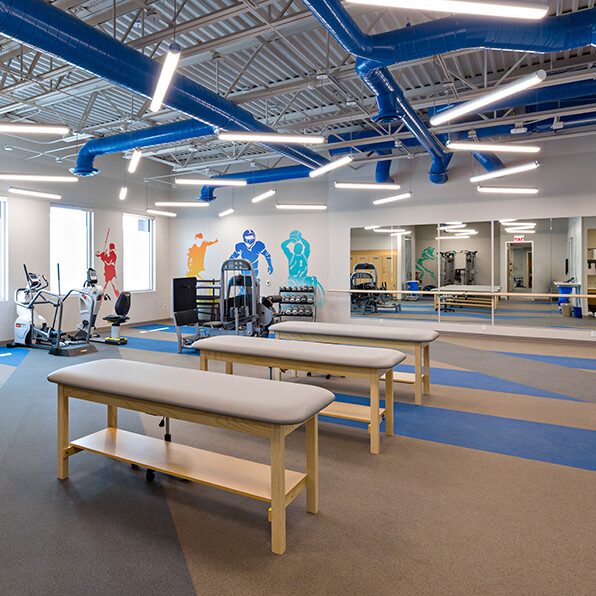Nonoperative management with focused physical therapy, activity modification, and bracing are considered for many patients, especially if the injury is small and the symptoms are minimal. In addition to these strategies, resting the elbow is critical. For patients with larger lesions, catching or locking of the elbow, or persistent symptoms despite non-operative treatment, surgery may be indicated. The surgical treatment options vary widely and range from simple arthroscopic debridement to fixation to partial replacement of the cartilage/bone with a graft. Treatment is always individualized based on your age, symptoms, activity goals, and the size/magnitude of the cartilage defect. Because the optimal treatment strategies vary widely based on these factors, it is important to work closely with a doctor to find the best treatment option for you.
Complications
People who experience a cartilage injury to the elbow may be at increased risk for developing arthritis in the elbow later in life. Multiple factors likely influence the risk of arthritis, such as the severity of the original injury, the presence of related injuries in the joint, and the level of activity after treatment.


